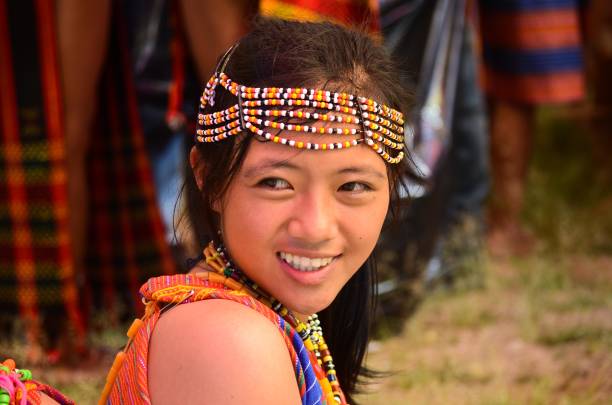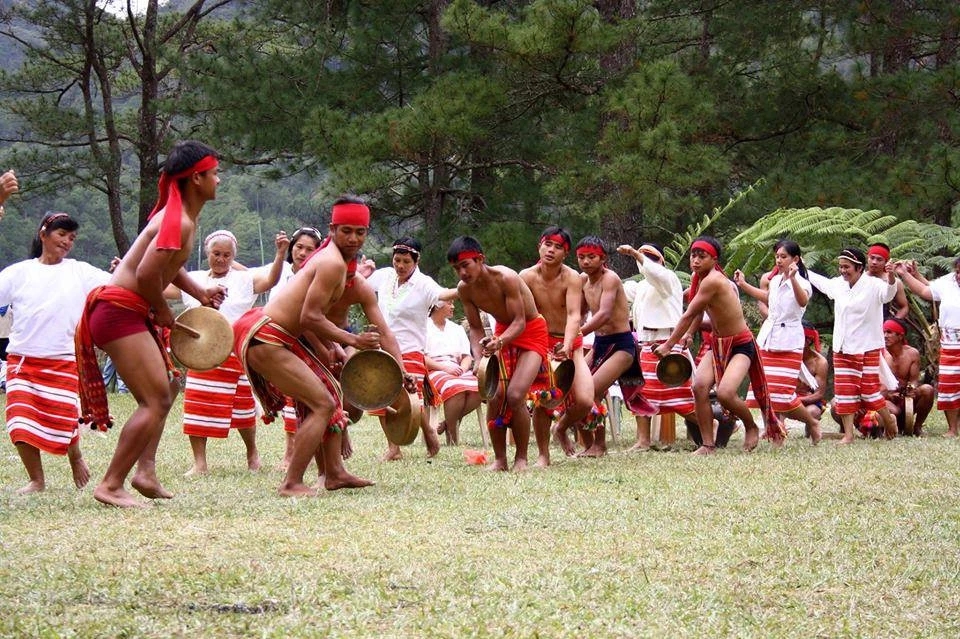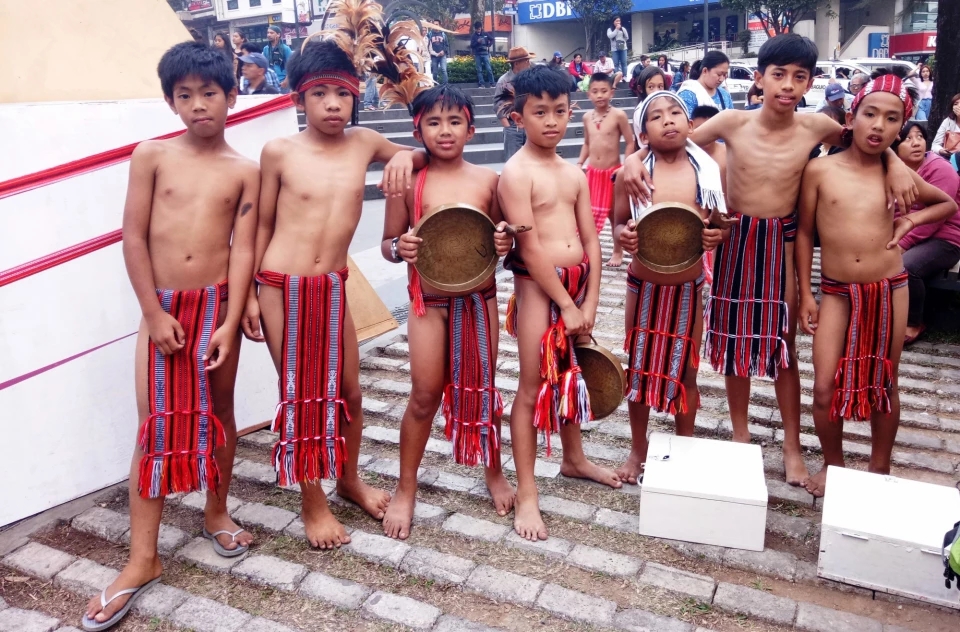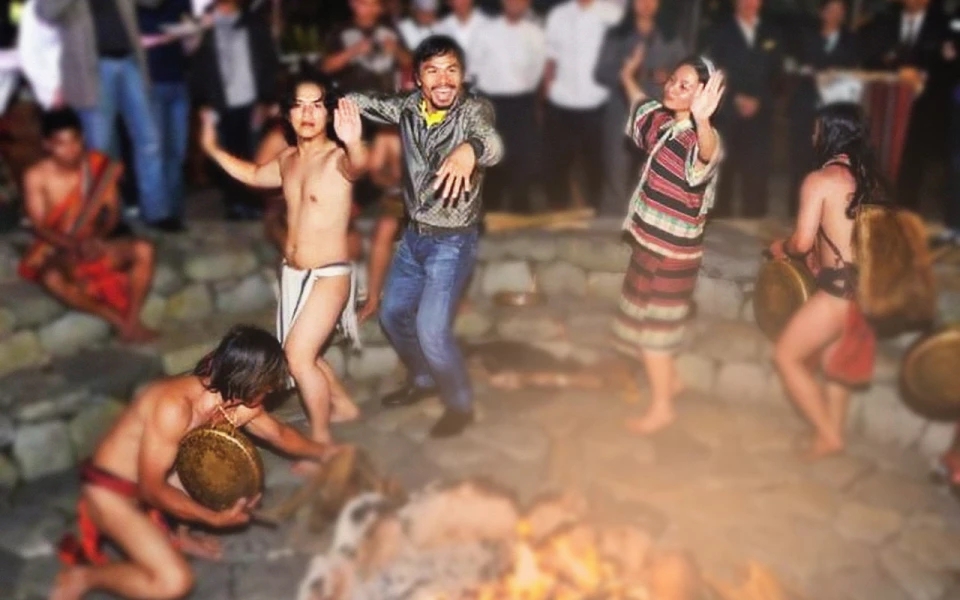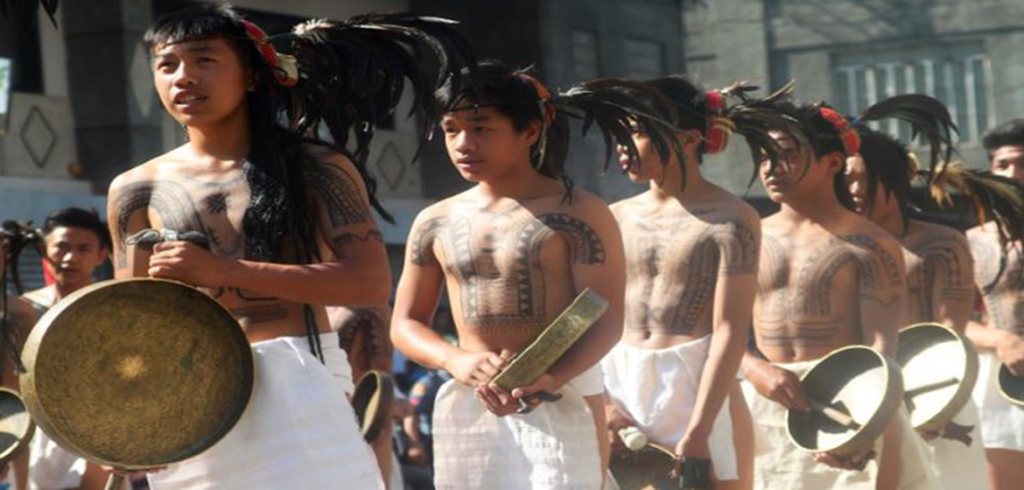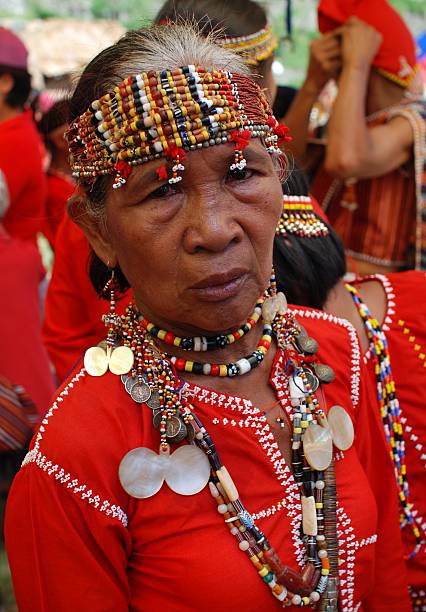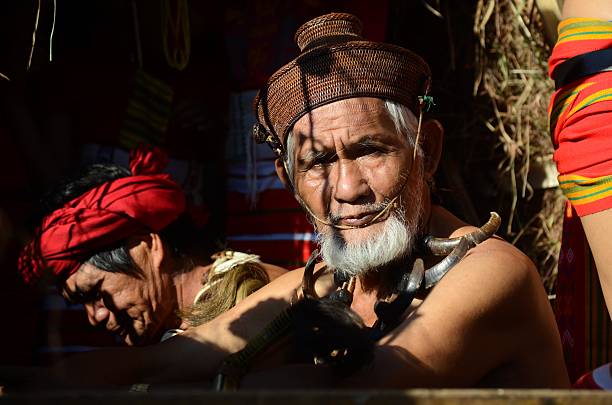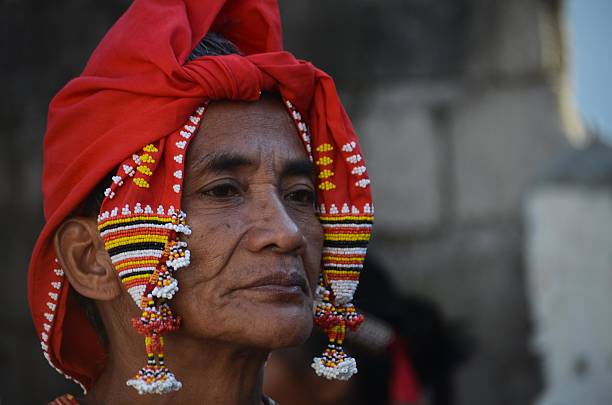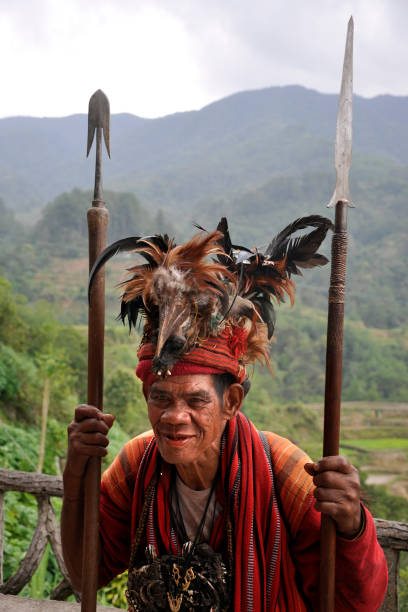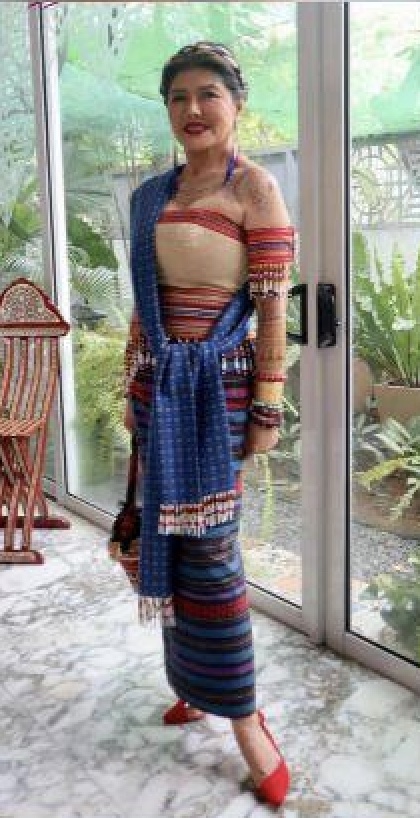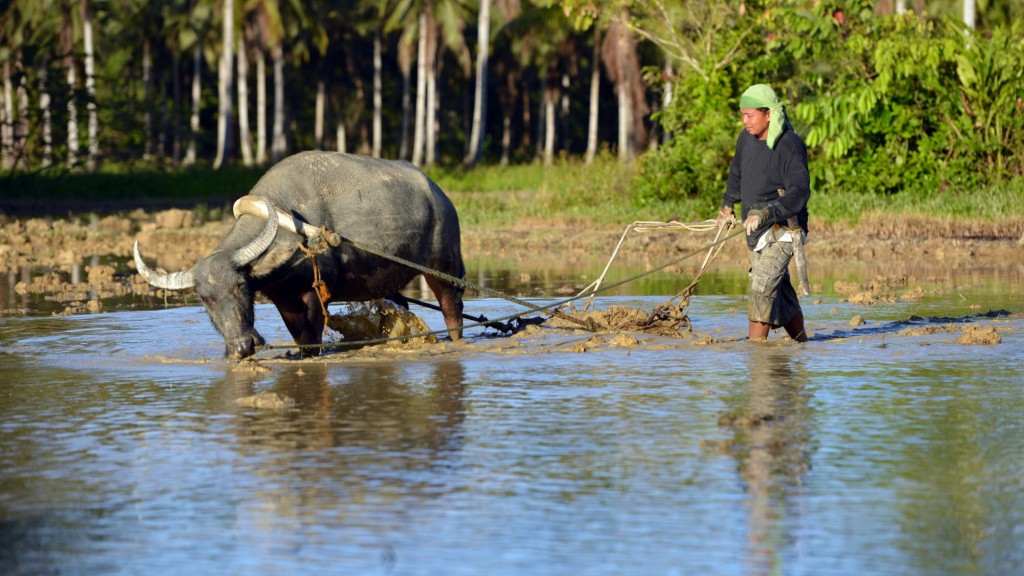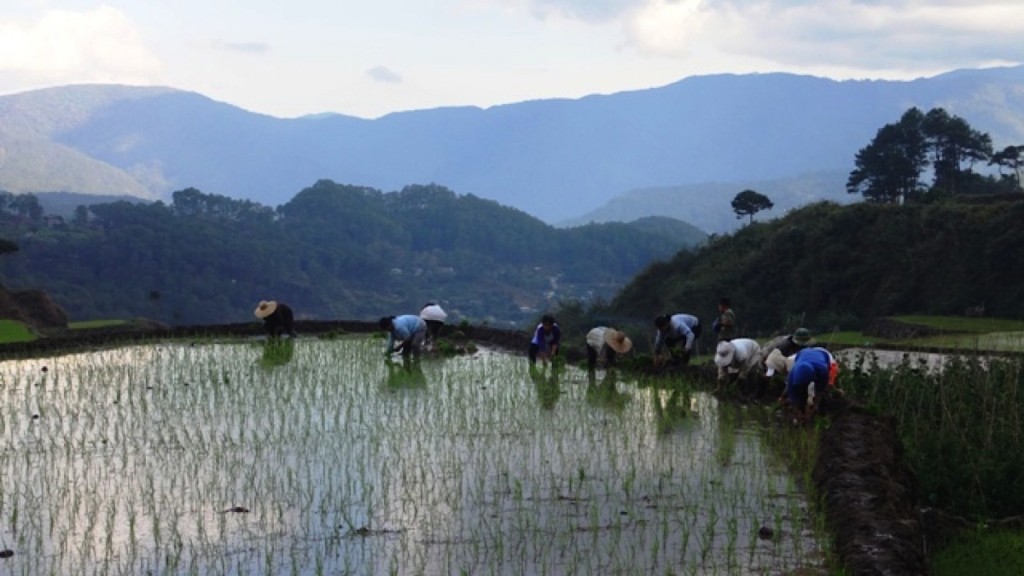The indigenous peoples of the Cordillera Mountain Range of northern Luzon, Philippines, often referred to by the exonym Igorot tribe, or more recently, as the Cordilleran peoples, are a ethnic group composed of nine main ethnolinguistic groups whose domains are in the Cordillera Mountain Range, altogether numbering about 1.5 million people in the early 21st century. Their languages belong to the northern Luzon subgroup of Philippine languages, which in turn belongs to the Austronesian (Malayo-Polynesian) family. These ethnic groups keep or have kept until recently their traditional religion and way of life. Some live in the tropical forests of the foothills, but most live in rugged grassland and pine forest zones higher up.

Igorot, (Tagalog: “Mountaineer”) any of various ethnic groups in the mountains of northern Luzon, Philippines, all of whom keep, or have kept until recently, their traditional religion and way of life. Some live in the tropical forests of the foothills, but most live in rugged grassland and pine forest zones higher up. The Igorot numbered about 1.5 million in the early 21st century. Their languages belong to the northern Luzon subgroup of the Philippine languages, which belong to the Austronesian (Malayo-Polynesian) family. The Igorot peoples are Austronesians. They were known in earlier days for their wars and practice of headhunting. The Spaniards forcibly partially subdued them during the colonial occupation of the Philippines, that process being completed during the period of U.S. hegemony. Ethnologists distinguish about 10 main ethnic groups, each with its own dialect and culture. There are also variations within these groups.

They are a group of wet-rice agriculturalists occupying the mountains in the area of northern Luzon, Philippines. Igorot are any of various ethnic groups in the mountains of this region, all of whom keep their traditional religion and way of life. Some live in the tropical forests of the foothills, but most live in rugged grassland and pine forest zones higher up. They numbered about 1.5 million in the early 21st century and the main identified groups are Bontoc, Ibaloi, Ifugao, Isneg, Kalinga and Kankanaey. The Igorot live in small hamlets scattered among the rice terraces. Traditional houses were composed by wooden floors, windowless walls and pyramidal thatch roofs. They are elevated from the ground by trunks. The inhabitants used removable staircases that were hoisted up at night to protect the family inside.
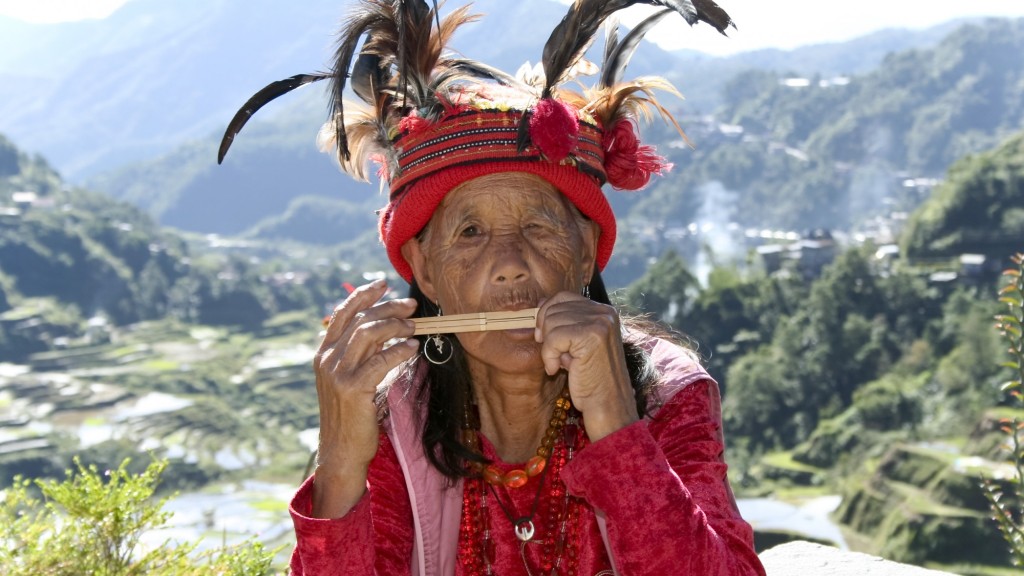
The Igorots, the indigenous peoples of the Northern Philippines under the faces of state terrorism and tyranny. “In these trying times, we must rise against the storm as a people. We must not allow our children and the people to be fed with injustice or clothed with fear…,” – Windel Bolinget, an Igorot leader from the Cordilleras of the Philippines. The indigenous people (IP) called the Igorots (from the Spanish term “Ygollotes” or the people of the mountains) of the Cordillera Region of the North Luzon in the Northern Philippines historically defended their ancestral lands from foreign invaders as they see land as life where their culture and identity are molded. For the Igorots’ point of view, they are connected to the land like a still unborn child connected the mother with an umbilical cord.
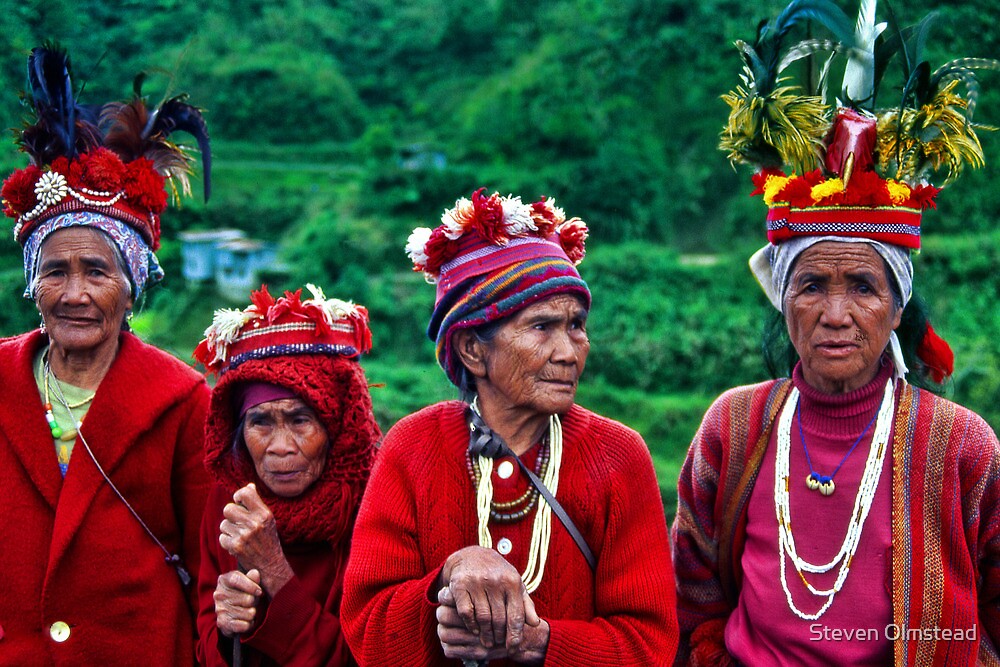
The Igorots, which comprises numerous tribes in the northern part of the country, are mostly residing in the mountain ranges of the Cordillera Region. They are popularly known for being rice cultivators. An assortment of the group called the Ifugaos built the Banaue Rice Terraces – frequently called the ‘eighth wonder of the world’. The ancestors of this indigenous tribe carved a system of irrigated rice terraces in the mountains of Ifugao more than 2,000 years ago. The Igorot tribe also includes the Bontoc, Ibaloi, Isneg, Kalinga, Kankanaey and Tinguian groups. Other tribes living in the north are Isnag from Apayao, Gaddang (found between Kalinga and Isabela provinces), and the Ilongots living within the east mountains of Luzon called the Sierra Madre and the Caraballo Mountains. The Ilongots are known for their intense aggressiveness and cultural conservatism.

Igorot is a crude ethnic gathering in the Philippines. The Igorots’ way of life and customs are famous on account of their garments, living among the root crops, and the numerous supplications for marriage, travel and cultivating. There are six ethnographic etymological gatherings in the spaces occupied by the Igorots: Bontoc, Ibaloi, Ifugao, Isneg (or Apayao), Kalinga, and Kankanaey. It is attempting to save the Government to save their race. We know about their dress. In their clothing, ladies wear vivid skirts or long skirts, accessories, and pots. The men wear long pieces of handwoven undergarments. They must have “tattoos” on the body as they represent the grit and notoriety of one of their general public. They are extremely cautious in picking present-day garments. Since they were raised they would adore their custom more.

The Igorot are an ethnic people of the Philippines, clustered in the Cordillera region of Luzon. They are famous for rice-terrace farming and some of them have been known to be headhunters in the past. Igorot, or Igolot, literally means people from the mountains. As one can infer, they are a highland race, and are well-adapted to life in raised altitudes. To assure themselves a steady supply of crop, they have even devised a way to carve terraces at the sides of mountain, which they plant with various grain. The Igorot people are categorized into six different ethno-linguistic groups: Bontoc, Ibaloi, Ifugao, Isneg (or Apayao), Kalinga, and Kankana-ey.
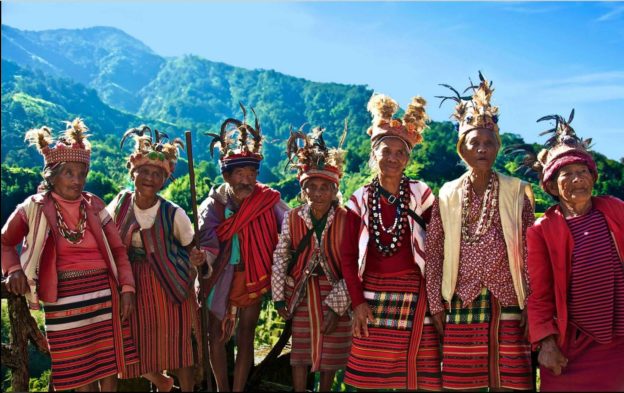
Indigenous culture will truly continue and natives will be proud of their culture if we join their (rights advocates) fight against the rising cases of violation of their human rights. An indigenous group has called Senator Imee Marcos’ Cordillera tribal wear during her brother’s second State of the Nation Address (SONA) an “insult” to the Igorot tribe and has dared her to speak up about the tribes’ issues with her family. As indigenous people, it is an insult to us that you are wearing these clothes, especially since you are not using them properly. You even used our tattoos that symbolize courage and honor, when you are a coward!
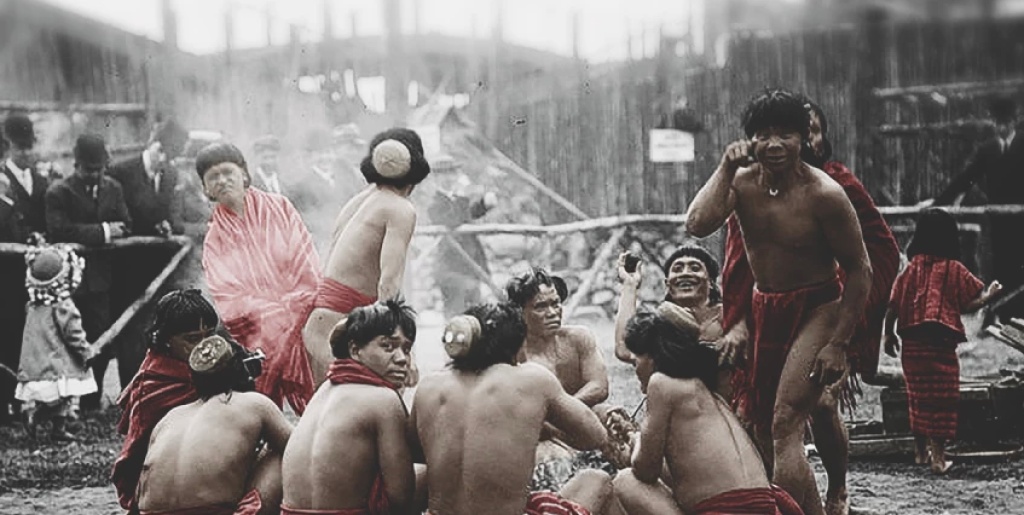
The term Igorot is an old Tagalog word, meaning “people from the mountains” and is a general term used to include all tribes from the Cordilleras. The Igorot tribes are the indigenous tribes located in the Cordillera Mountains. The term igorot was coined after the old Tagalog word which means “people from the mountains”. The male traditional clothing of the Igorots is called a “Bahag”. The primary purpose of the bahag is to cover the male private part. The female traditional clothing of the Igorots are generally called “Tapis”. The way it is worn is being wrapped around the waist. In ancient times, the Igorot women did not wear upper garments but were still highly respected by the Igorot men. It’s only recently that they have to wear upper clothing.
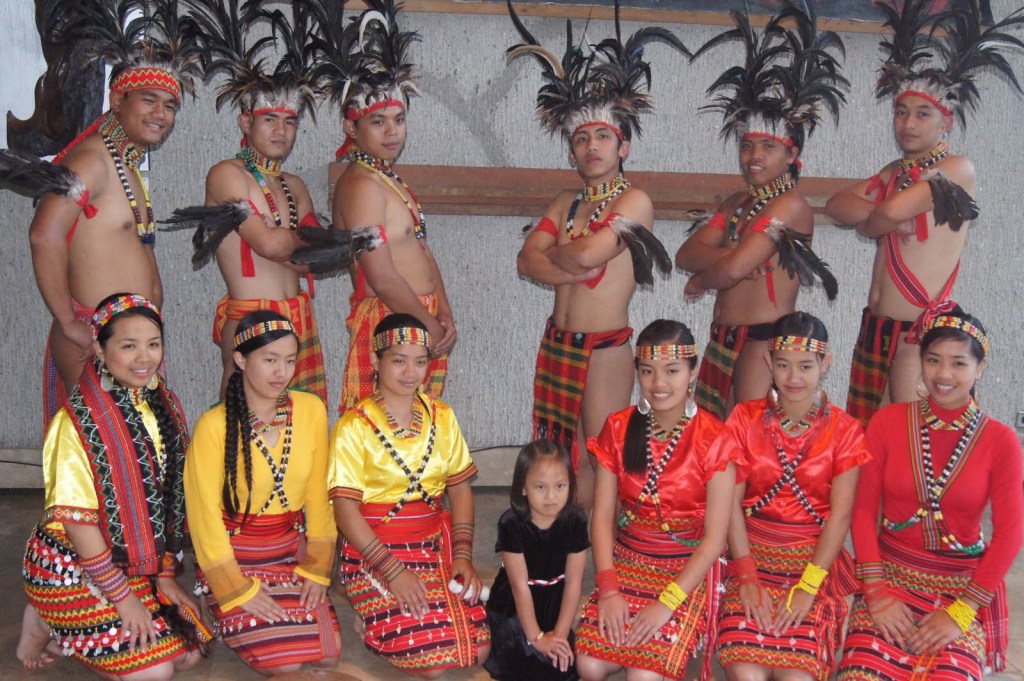
The Igorot life revolves and dictated by their Animistic beliefs. They called their supreme god who made the heavens and the earth “Kabunyan.” Besides this god are the different spirits whom they also worship; spirit of the trees and the mountains; spirit of the stone boulders along rivers; spirit of “pusong” (deep portions in the river); spirit of the dead ancestors; spirit of the cloud; spirit of the wind; spirit of the fields; spirit of the water springs; wandering spirits and so on and so forth. Through these spirits that they perform rituals and drawn their superstitions. Out of the strong belief that these spirit can do “magical” things that propel the Igorots to hunt for human head. This is because to them, the vigour, strength and prowess of man is in the head. In bringing home a human head, is also captivating those attributes that could give them protector and guardian spirit from raiders and attackers. But in order to activate the “magic spell”, they must have to perform ritual in their “dap-ay” (vilage center). Usually, headhunting is done prior to planting season because it is related to good harvest. In this ritual, the head is hang in the “dap-ay” (or “ato” in other igorot language). While hanging, the elder men butcher a native pig. If they check that the bile of the pig and is covered by the lungs, they have to slaughter another one, with a bile that must be potruding and not hidden under the lungs.

In the Philippines, the Igorot people practice an ancient burial ritual where the elderly carve their own coffins and the dead are hung off the side of a cliff. In a ritual believed to date back 2,000 years, the Igorot people bury their dead in hand-carved coffins that are tied or nailed to the side of a cliff and suspended high above the ground below. This gravity-defying graveyard is believed to bring the departed closer to their ancestral spirits. Traditionally, the elderly have hollowed their own coffins from local timber and painted their names on the side. Before a corpse is laid in the coffin, it is placed in a wooden ‘death chair’, tied with leaves and vines and covered with a blanket. The body is then smoked to delay it from rotting as relatives pay their respects over several days.
